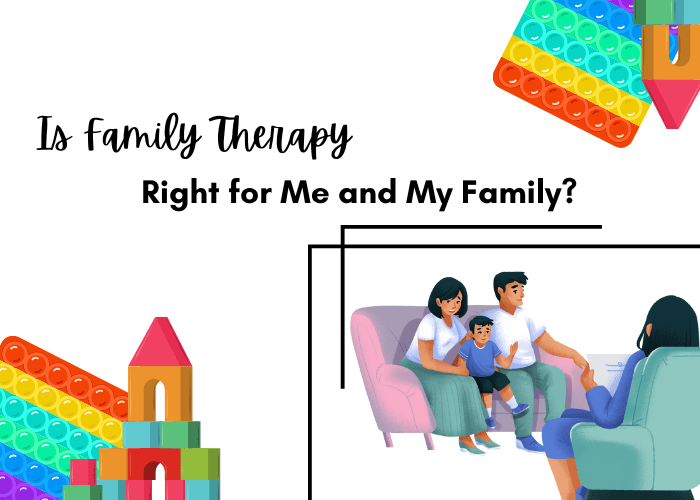A mental health concern that is not talked about enough is the realm of eating disorders. Much like suicide, eating disorders make others uncomfortable. When someone mentions they’re depressed, most people can relate to some extent and can sympathize. It’s easier to be there for someone with depression or anxiety. But when someone discloses an eating disorder, that’s difficult for people who have never experienced that to feel comfortable knowing what to say. Part of this is because of the many misconceptions about eating disorders.
This post will be part of a series discussing eating disorders.
What is Bulimia Nervosa (BN)?
Bulimia is an eating disorder characterized by binging and then purging. Binging is when someone eats a relatively large amount of food in a small time frame. Usually, this is done in secret, so others will not see the quantity of food involved. This binging usually involves a lot of shame and guilt. Purging is a way of compensating for the extreme amount of calories consumed from the binge. Most people think of vomiting first, however there are other forms of purging. Laxatives are another common way that people with BN will use to purge. However, a less well known method is something called exercise purging. The individual will do extreme and often unsafe amounts of exercise in an effort to “burn off” all the calories consumed during the binge.
Bulimia is characterized by a fear of gaining weight from the binges, which are often compulsive and feel out of the individual’s control. Often, a very low body weight is not the goal, however this does not mean it can’t be.
What Causes BN?
There is no real known cause for bulimia. Much like anorexia, there are a multitude of things that can contribute to someone developing BN. One thing we do see is individuals who have BN often experience high levels of stress, especially chronically. It could be that the binges are a way of coping with the stress and then the purging is a way of coping with the binge. But this may not be true for every individual.
Again, like AN, we see that eating disorders often run in families. If one family member has unhealthy food behaviors, it can help normalize these behaviors to someone else, and may make it more likely that they will engage in similar ones. It’s also possible there may be a genetic component.
What Are the Symptoms?
Unlike AN, there are often not “obvious” symptoms. Especially if the individual has a more mild form of bulimia, they may go undiagnosed for a very long time. Bulimia does damage to the teeth enamel, which is something that is often noticed by health care providers. Some individuals may also have swollen faces, callouses on their knuckles, and broken capillaries in their faces. These are all symptoms related specifically to vomiting as a form of purging.
Laxative use is harder to pinpoint from the outside. And exercise purging is only noticed if someone questions how often and for how long someone may be exercising.
Eating is often very secretive, which may be one of the more subtle behaviors but is important to look out for if you suspect that someone has an eating disorder. A large amount of empty food packaging that has been hidden away is another possible sign of BN, if found.
How is Bulimia Treated?
BN is most successfully treated with some form of therapy, usually CBT. There is no bulimia specific form of therapy, as of the time of this writing. However, DBT has also been shown to help with some of the behaviors seen in BN. Going to a good, qualified therapist who is familiar with eating disorders is the best chance of successful recovery.



